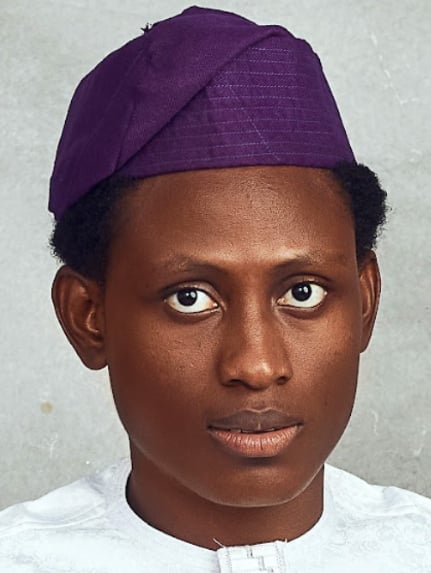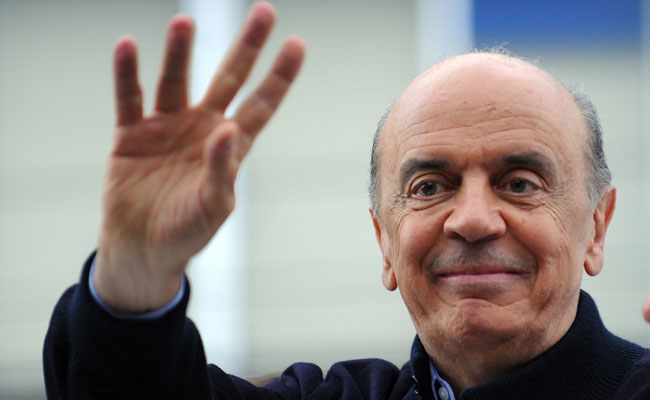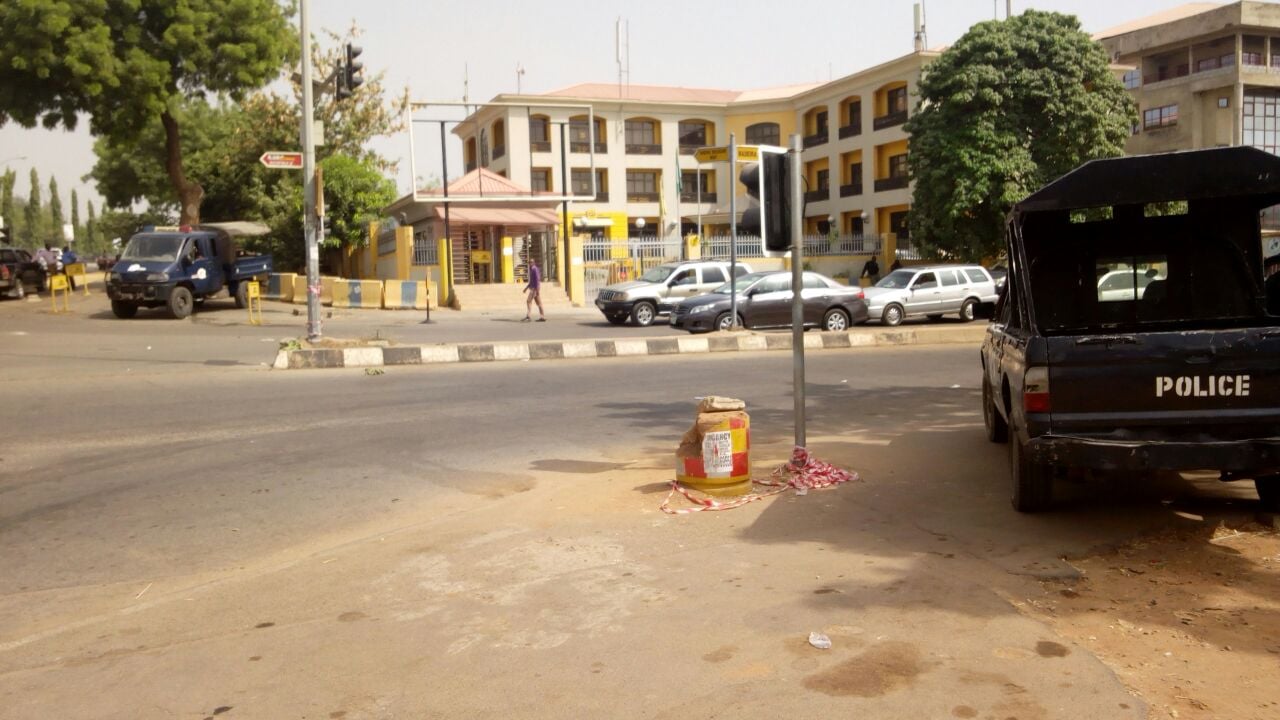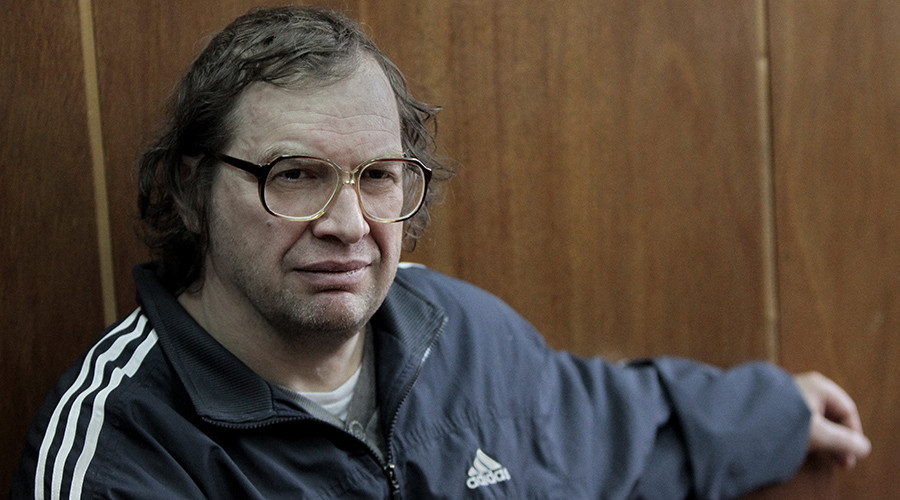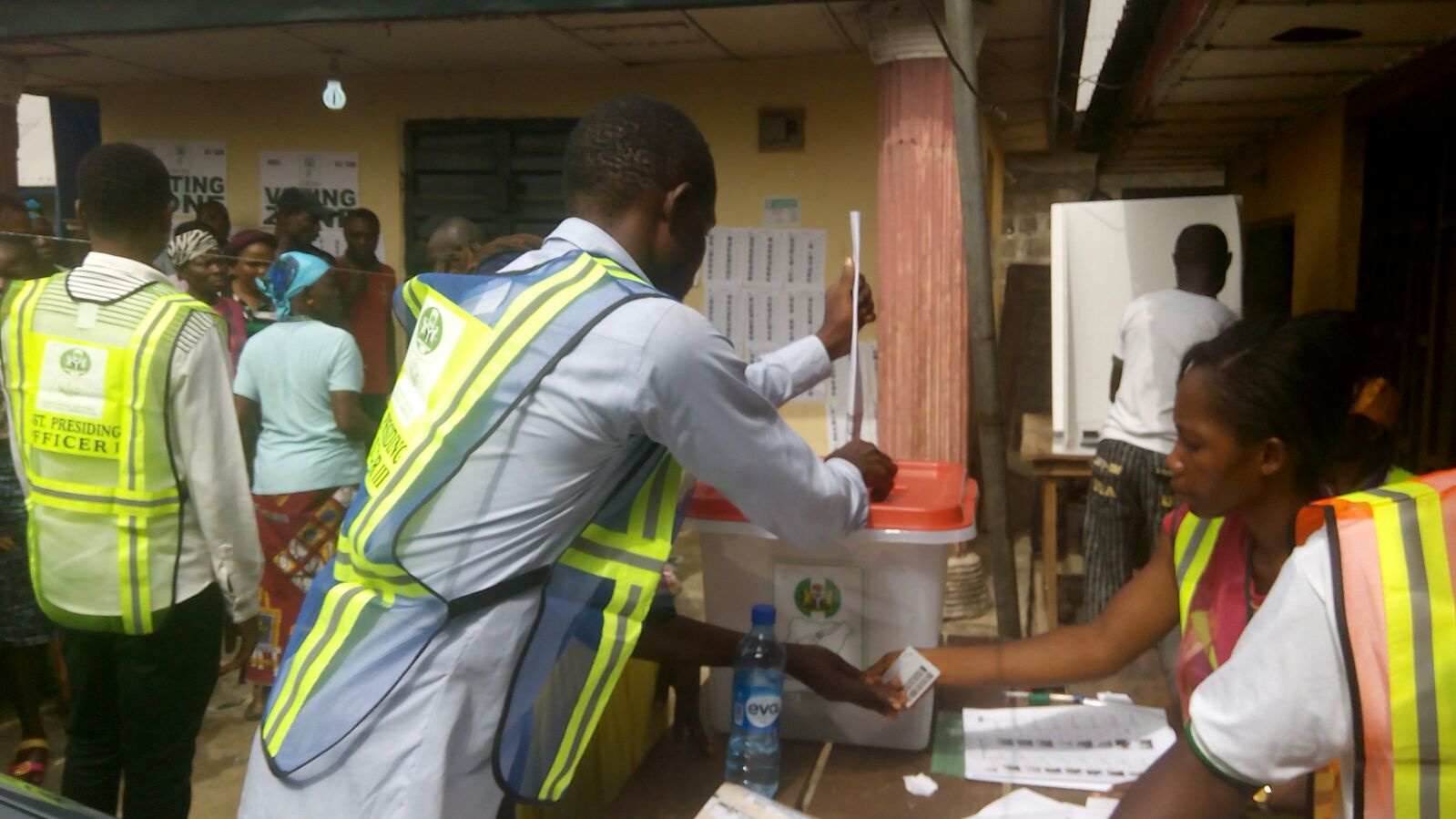No one cries here anymore. All the tears have been extracted by the many shallow graves holding their kits and their kin. What they have left are sunken eyes, dried lips and long looks. It is the way they mourn now; in silence.
For Fanne Abakar, she had lost too much to the January 17 Rann military airstrike, accidental though, which may henceforth define her life and the lives of her surviving children.
With her three children and husband wiped out by the misfiring air force, she now has no tint of emotion. The pain is there but she can barely express it. She has to dry her tears to care for her 11-year-old daughter, Hauwa Abakar, who lies quietly on the edge of one of the six mattresses in one of the farthest cubicles in the female orthopaedic ward of the University of Maiduguri Teaching Hospital (UMTH).
Having survived the twin evil of Boko Haram attacks and accidental bombing by the Nigerian military, Hauwa still has another battle to overcome: neglect at the teaching hospital where she is supposed to receive help to get back on her feet — even if not literally.
Advertisement
MILITARY MISFIRE AND THE TEARS FROM RANN
Hauwa had woken up to two badly-damaged legs after the accidental airstrike. She could not walk, but crawled in tears, beside her dead sister. With injuries on the left side of her tender face, she was quickly whisked away for treatment by aid workers.
In seconds, the camp was filled with tears and agony; wailing spreading like wildfire. The accident was not the only thing to cry about: who takes care of the young boys and girls who just became orphans? Who feeds Fanne and her surviving children – if any?
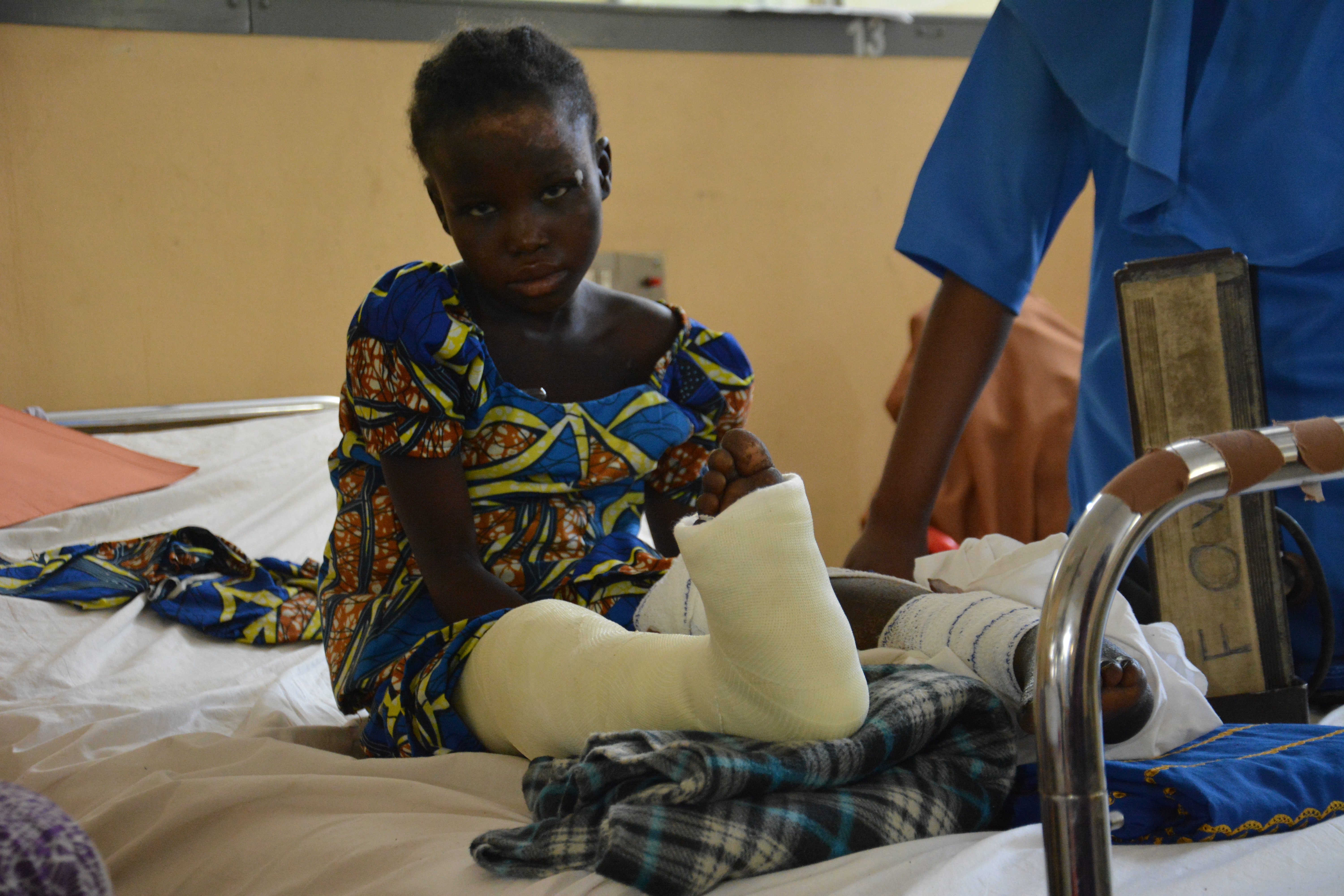
Rann is a local government headquarters completely detached from the basic realities of the 21st century: no hospitals in a 40-kilometre distance, no roads to link the nearest hospitals in the state capital – as Alfred Davies, Médecins Sans Frontières (MSF) field coordinator in Nigeria, puts it, “the people living in Rann had nothing”.
Advertisement
“The hardest thing for our team is the frustration at not having had enough resources or medical equipment to save more of the wounded. A dozen people died in front of our eyes without receiving the urgent medical care they so badly needed,” he says.
The hours after the blast were basically for three things – treatment, deaths and funerals.
Davies, who witnessed the bombing, paid a visit to the cemetery where the burials were being conducted according to religious requirements, and recalls that “there were 30 new graves – sometimes mothers and their young children were buried in the same hole”.
MSF, RED CROSS AND CAMEROON TO THE RESCUE
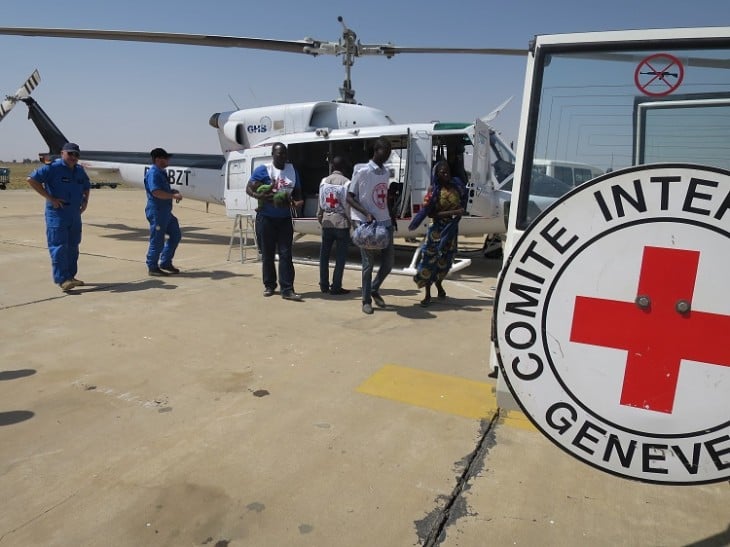
“It was the Red Cross that rescued us after the accident,” Fanne narrates to TheCable.
Advertisement
“My daughter was taken to a camp in Cameroon, given pain relievers and first aid treatment, and transported via helicopter here the following day.”
MSF had only one doctor and nurse on site but stretched them into saving as many lives as possible. The Nigerian Red Cross Society, which had lost at least six of its workers to the attack, deployed two surgical teams to cater for the victims of the blast, which would remain indelible in the hearts of the people of Kala Balge.
HIDING IN THE SHADOWS OF NEGLECT
Despite losing her shelter, three children, husband and breadwinner to circumstances beyond her control, Abakar was expected to look for funds to pay for her daughter’s treatment at the federal hospital.
When she got to UMTH, she found out, that Hauwa and others affected in Rann, who she thought would have become the full responsibility of the government, were facing unspeakable neglect. The young girl was “abandoned” at the accident and emergency unit of the hospital, until a “good Samaritan”, who asked not to be named, stepped in.
Advertisement
“They were not taking good care of us until madam came,” Fanne tells TheCable.
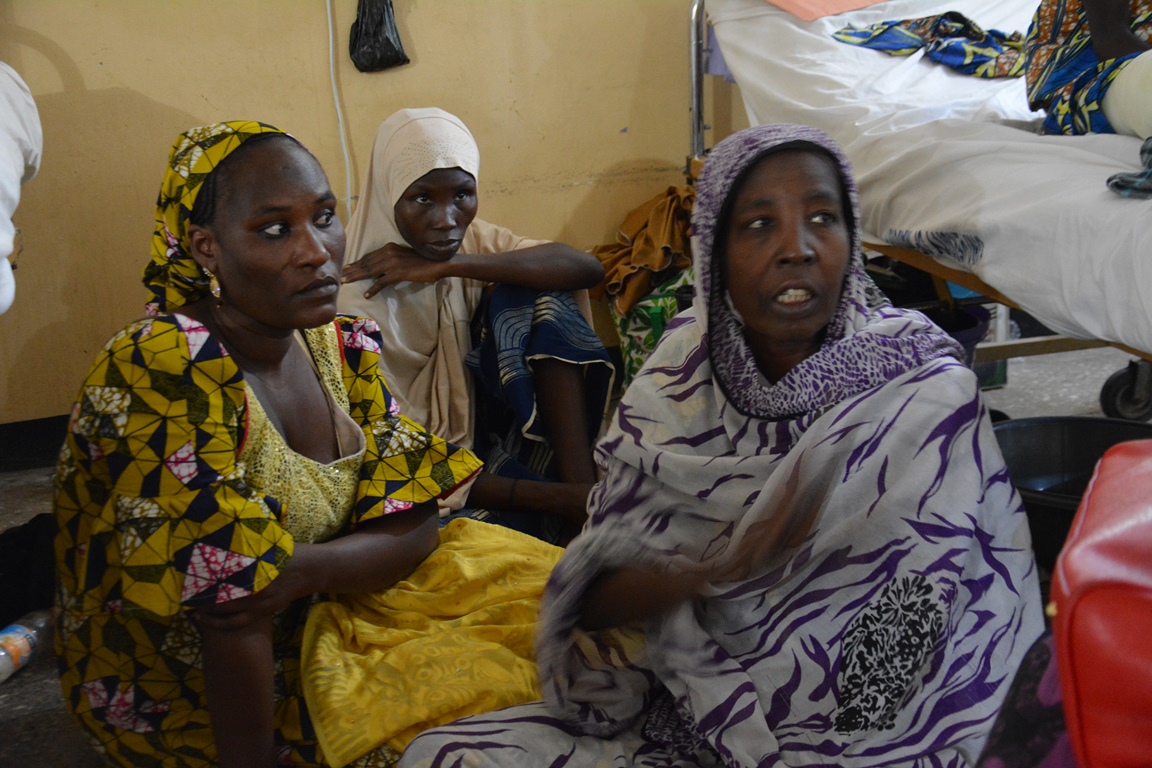
“The bedsheet we had was smelling. We bought our drugs with our own money. The only thing the hospital was doing was to accommodate us and give little food to the patient.
Advertisement
“We spent nine days at the emergency unit before we were brought to this ward. When any drug is prescribed, they would give us half of the drugs and tell us to go out and buy the other half.
“Later we realised that they were giving us the cheapest ones, like paracetamol and all sorts of pain relievers. The expensive ones, we were told to go and buy them outside the hospital.
Advertisement
“If we don’t get the drugs in time, they don’t even ask of it, they give us the drugs available and that’s it.”
Fanne, who had begun to wear an angry look, says they started feeding her daughter properly on Friday, February 10 – at least 23 days after Hauwa arrived at the hospital.
Advertisement
All the families who spoke to TheCable said they are only staying in the hospital because they have no choice. The good Samaritan who catered for some of the bills of the Rann victims and requested that they be treated immediately said many other persons left the hospital after she gave them some money to foot their medical bills.
“I gave them money to get medical care, the people took advantage, used it as transport money and left. They went back to where the bombing took place. They said at least the IDP camp there feeds them,” she says.
“So, they’d rather stay with their loved ones, eat something with them than to stay in this hospital where every morning they’ll say here is your bill; you must pay.”
THE QUESTION: WHO SHOULD CATER FOR RANN VICTIMS?
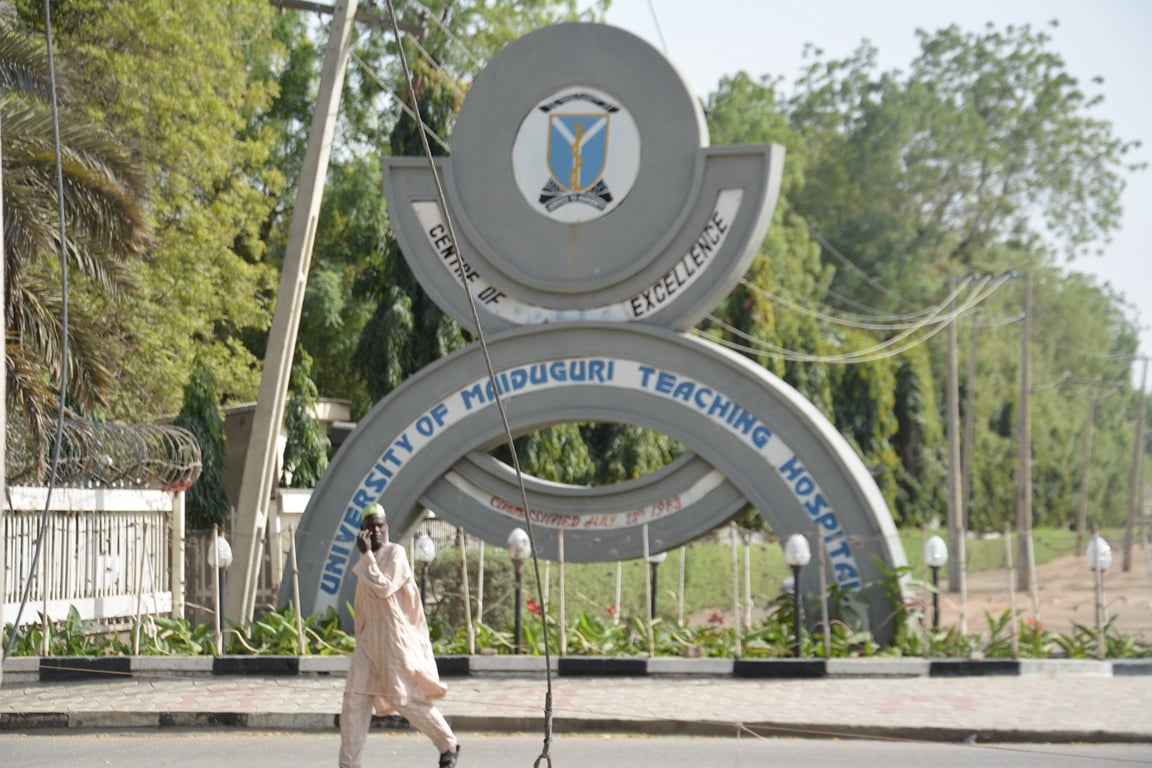
Shettima had earlier made a general rule in Borno state, that all insurgency victims be treated at the expense of the state government. But, in a federal hospital, who foots the bill?
Investigations by TheCable showed that the Hauwa and others affected in Rann be taken care of at the expense of the Victims Support Fund (VSF) and the Presidential Committee on the North East Initiative (PCNI).
Abdulrahman Tahir, the chief medical director of UMTH, told TheCable, that PCNI had not given a dime to the hospital for the treatment of Rann victims. He said the hospital had incurred over N200 million in catering for insurgency victims since 2009, with no reimbursement from the federal government.
He said all of these are “just a tip of the iceberg”.
Doctors and nurses on duty, at the various times that TheCable visited and who asked not to be named for fear of victimisation, said insurgency victims are being treated for free on paper, but that was not the case in practice.
“We treat insurgency victims for free, but sometimes, they get to pay for drugs we don’t have in our facility,” a doctor said.
THE GENESIS
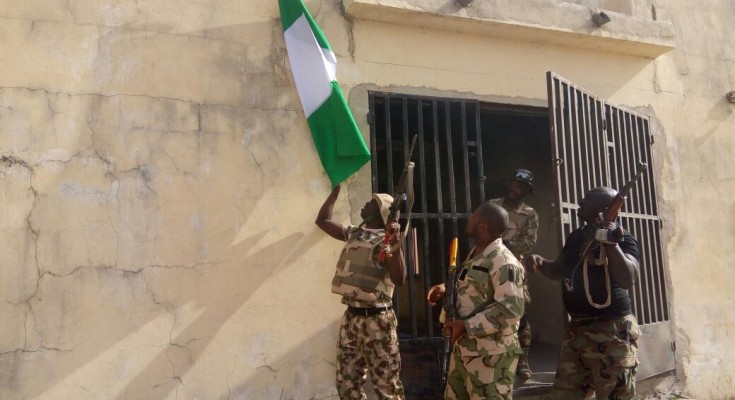
In March 2016, the 3 battalion, 22 brigade of the Nigerian army cleared Boko Haram insurgents from Kala Balge local government, killing 22 suspected terrorists and apprehending some others.
The army said it also rescued 309 persons in the operation, which locals attested to as very successful.
Amami Bukar, a member of the civilian joint task force (JTF) in Rann, told TheCable that the army ensured Rann was safe, and proceeded to other parts of Kala Balge to request that civilians relocate to Rann so they could clear other parts of the region, which was susceptible to Boko Haram attacks.
Thousands of families moved to Rann – which became a refuge for them over the next ten months – until it became a territory of tears.
Many residents of Kala Balge had fled Boko Haram to neighbouring countries. For them, it was staying low till peace returned to the northeast. According to estimates by community leaders – as quoted by Kashim Shettima, governor of Borno, the hardest-hit state by insurgency – the Boko Haram crisis has led to the death of almost 100,000 in the region.

Shettima said 2,114,000 persons had become internally displaced as of December of 2016 with 537,815 in separate camps across the state.
The governor added that 73,404 persons – like Bukar and his grandmother – were forced to become refugees in neighbouring countries.
As the military advanced on Rann, locals began to return home, with no thought that the men who protected them would ever be the ones to “accidentally” orchestrate their deaths.
Like an insult to injury, the survivors may ironically wish that they had died in one fell swoop rather than the slow death they have been sentenced to by neglect.
The next part of the “Tears from Rann” series highlights the plight of a five-year-old girl who still has bomb residues in her rib cage, one month after the blast. It also spotlights the plight of a few others suffering from acute neglect at the Maiduguri Teaching Hospital. It features an aid worker who has bomb pellets in his leg and waist from injuries sustained in Rann.
This is a special investigative project by Cable Newspaper Journalism Foundation (CNJF) in partnership with TheCable, supported by the MacArthur Foundation. Published materials are not the views of the MacArthur Foundation.
